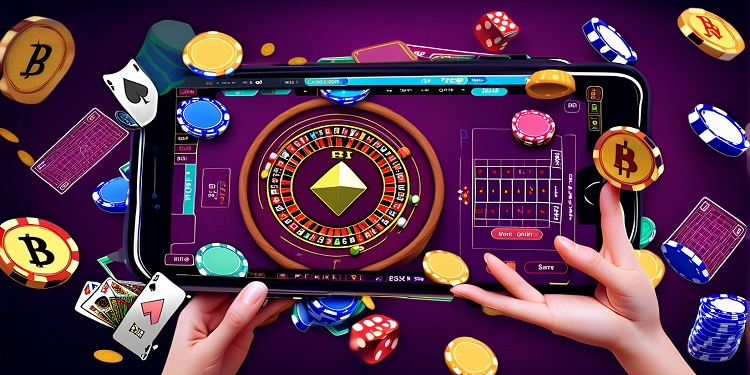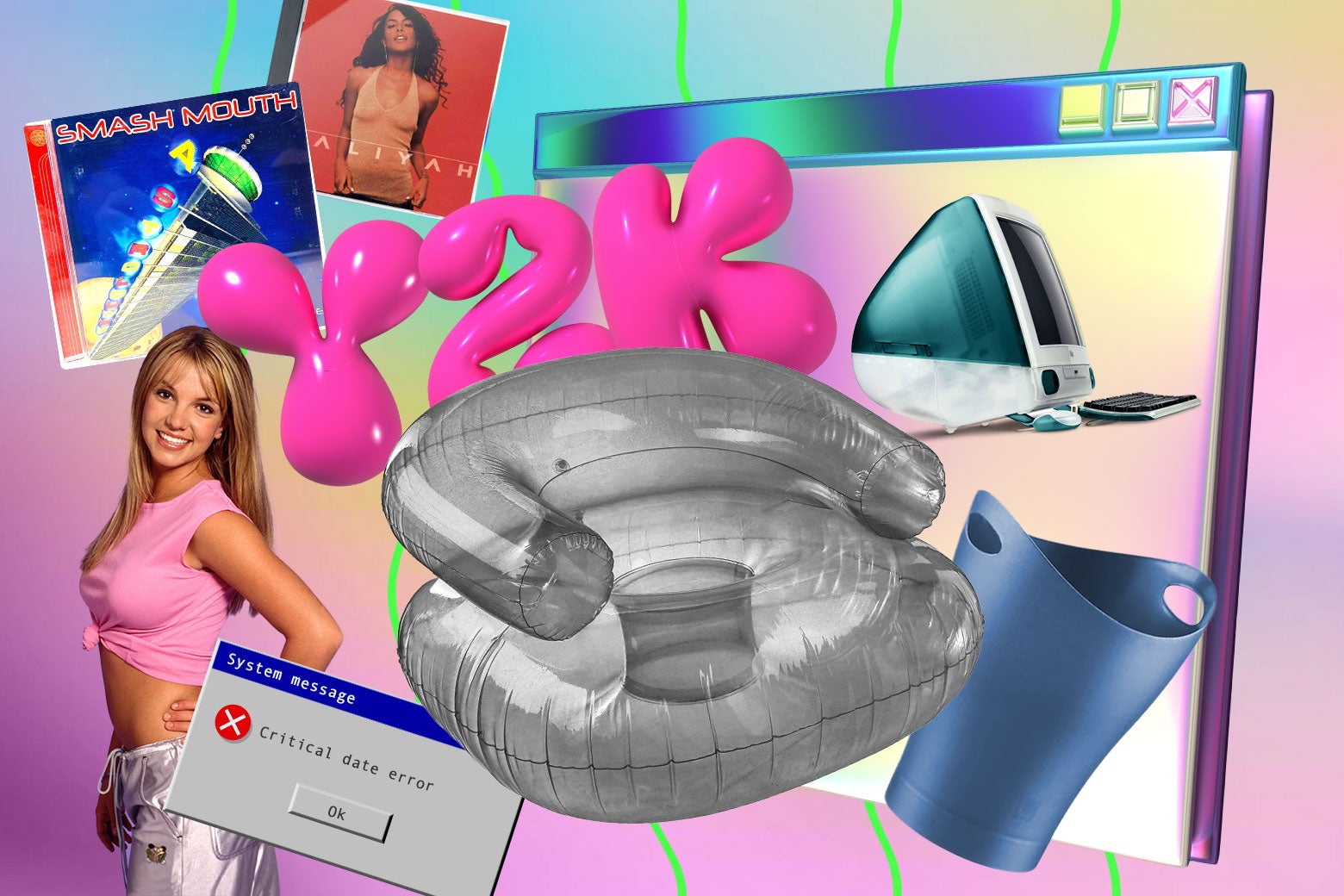Bussiness
My husband and I were broke when we married at 21, but years of living on nothing helped us build the dream life we have today
Paid non-client promotion: Affiliate links for the products on this page are from partners that compensate us (see our advertiser disclosure with our list of partners for more details). However, our opinions are our own. See how we rate investing products to write unbiased product reviews.
- When my husband and I first got married, we couldn’t afford any luxuries — now we have more flexibility.
- I’m glad I learned to stick to a budget, though. I wouldn’t have reached my financial freedom otherwise.
- We still treat things like eating out as a luxury instead of as the default.
I married my husband when we were both 21 years old.
He was a busboy, and I was a waitress. We lived in a tiny apartment, went nowhere but the restaurant where we both worked, and lived off of frozen tilapia and rice. Thanks to parental assistance, my husband was still in college, but I couldn’t afford to finish my degree because we didn’t have the money and someone needed to pull double shifts. In other words, we were broke.
But with a few smart financial moves, a generous grandmother helping us with our first mortgage down payment, several odd jobs, and a lot of perseverance, our financial position has improved over the last 11 years. My husband finished his degree, and then I finished mine. He’s climbed the corporate ladder. We sold our first house for twice what we paid for it, and I found a way to make my English degree pay.
The process has been long and grinding, and it’s included a lot of lost hair and scary living situations, but one day, as I wrote my grocery shopping list, I realized that at some point, we had traded our frozen tilapia for fresh, wild-caught salmon. In other words, we’ve made it.
The financial lesson we learned years ago that helps us save money today
OK, “made it” might be an overstatement; we’re eating fresh fish, not climbing aboard our private jet. But we are financially secure and living quite comfortably these days. When I remember our broke honeymoon years, I see a lot of struggle and discomfort, but I also see budgeting habits we built into our lives that serve us to this day. All of these habits boil down to a single question: Is it a want or a need?
While we never treat the answer to this question like a dealbreaker, especially now that we have reached a place of financial security, we always take a moment to ask it. The question functions as the heading of an unwritten flow chart. If the answer is “want,” we move to the next question in the series: “Why?” Which leads to: “Is there a cheaper way to do it?” Which leads to: “Is this cheaper alternative worthwhile?” I am explaining this as a pretty clear-cut process, but in reality, it is less of a method than it is a mindset.
For instance, we still treat eating out as a luxury. In the early years of our marriage, we couldn’t afford the convenience of even the cheapest takeout food. We mastered the art of a shared entrée back then, but even one $8 burrito bowl with two tortillas on the side was more expensive than four eggs scrambled with two slices of toast. As I said, we’re fancy these days with our grocery-counter salmon grilled atop specially bought cedar planks, but on busy nights full of gymnastics, piano lessons, and PTA meetings, we still opt for leftovers over takeout because a long time ago, we trained ourselves to see spending $20 on a pizza as a very big deal.
This mindset extends beyond restaurant food. It also means that buying a latte is a once-in-a-very-great-while treat because we have a perfectly decent coffee maker at home. We always wait for movies to leave theaters before we see them, and we’ve walked miles to avoid paid parking. I could go on about our mildly Scrooge-ish tendencies, but it really boils down to seeing any expense outside non-negotiable bills as a treat. This mindset has saved us a lot of money through the years, even as it shifted from survival strategy to muscle memory.
We have a lot more flexibility now that we’re financially stable
However, this penny-pinching mentality isn’t just for the times when the answer to the question “Is it a need or a want?” is “want.” We filter our needs through it as well. We need clothes, but we can shop off the sales rack. We need to replace the brake pads on the car, but we can do it ourselves. We need food, but we can buy store-brand groceries.
Now that we are financially secure, though, these “cans” don’t always translate to “shoulds” or even “wills.” Our time, energy, and peace of mind also factor into what we end up choosing to do. No one can make me buy generic peanut butter; I’m an adult woman, and I refuse to be my own tyrant, but it’s the pause before I swipe my credit card for groceries, the cutthroat manner in which I evaluate my Amazon shopping cart, and the way grabbing a latte to-go doesn’t even cross my mind, that once saved our lives and now simply allows us to save.
If I could go back in time and tell my husband and my younger, hungrier selves that it was going to be OK and someday our hot dates wouldn’t be movie marathons on the futon splitting a frozen pizza, I don’t know if I would. Because honestly, I am pretty sure those younger, hungrier versions of ourselves are the ones who got us here.
This article was originally published in September 2021.









